NEWS & EVENTS
SPECIALTY CARE

Pharmacologic Approaches to Glycemic Treatment: Standards of Medical Care in Diabetes—2022
Updated: 11/21/23
American Diabetes Association Professional Practice Committee; 9. Pharmacologic Approaches to Glycemic Treatment: Standards of Medical Care in Diabetes—2022. Diabetes Care 1 January 2022; 45 (Supplement_1): S125–S143. https://doi.org/10.2337/dc22-S009
PHARMACOLOGIC THERAPY FOR ADULTS WITH TYPE 2 DIABETES
Recommendations
9.4a First-line therapy depends on comorbidities, patient-centered treatment factors, and management needs and generally includes metformin and comprehensive lifestyle modification. A
9.4b Other medications (glucagon-like peptide 1 receptor agonists, sodium–glucose cotransporter 2 inhibitors), with or without metformin based on glycemic needs, are appropriate initial therapy for individuals with type 2 diabetes with or at high risk for atherosclerotic cardiovascular disease, heart failure, and/or chronic kidney disease (Fig. 9.3). A
9.5 Metformin should be continued upon initiation of insulin therapy (unless contraindicated or not tolerated) for ongoing glycemic and metabolic benefits. A
9.6 Early combination therapy can be considered in some patients at treatment initiation to extend the time to treatment failure. A
9.7 The early introduction of insulin should be considered if there is evidence of ongoing catabolism (weight loss), if symptoms of hyperglycemia are present, or when A1C levels (>10% [86 mmol/mol]) or blood glucose levels (≥300 mg/dL [16.7 mmol/L]) are very high. E
9.8 A patient-centered approach should guide the choice of pharmacologic agents. Consider the effects on cardiovascular and renal comorbidities, efficacy, hypoglycemia risk, impact on weight, cost and access, risk for side effects, and patient preferences (Table 9.2 and Fig. 9.3). E
9.9 Among individuals with type 2 diabetes who have established atherosclerotic cardiovascular disease or indicators of high cardiovascular risk, established kidney disease, or heart failure, a sodium–glucose cotransporter 2 inhibitor and/or glucagon-like peptide 1 receptor agonist with demonstrated cardiovascular disease benefit (Fig. 9.3, Table 9.2, Table 10.3B, and Table 10.3C) is recommended as part of the glucose-lowering regimen and comprehensive cardiovascular risk reduction, indepenent of A1C and in consideration of patient-specific factors (Fig. 9.3) (see Section 10, “Cardiovascular Disease and Risk Management,” https://doi.org/10.2337/dc22-S010, for details on cardiovascular risk reduction recommendations). A
9.10 In patients with type 2 diabetes, a glucagon-like peptide 1 receptor agonist is preferred to insulin when possible. A
9.11 If insulin is used, combination therapy with a glucagon-like peptide 1 receptor agonist is recommended for greater efficacy and durability of treatment effect. A
9.12 Recommendation for treatment intensification for patients not meeting treatment goals should not be delayed. A
9.13 Medication regimen and medication-taking behavior should be reevaluated at regular intervals (every 3–6 months) and adjusted as needed to incorporate specific factors that impact choice of treatment (Fig. 4.1 and Table 9.2). E
9.14 Clinicians should be aware of the potential for overbasalization with insulin therapy. Clinical signals that may prompt evaluation of overbasalization include basal dose more than ∼0.5 IU/kg/day, high bedtime-morning or post-preprandial glucose differential, hypoglycemia (aware or unaware), and high glycemic variability. Indication of overbasalization should prompt reevaluation to further individualize therapy. E
Tags: For Providers, Research


